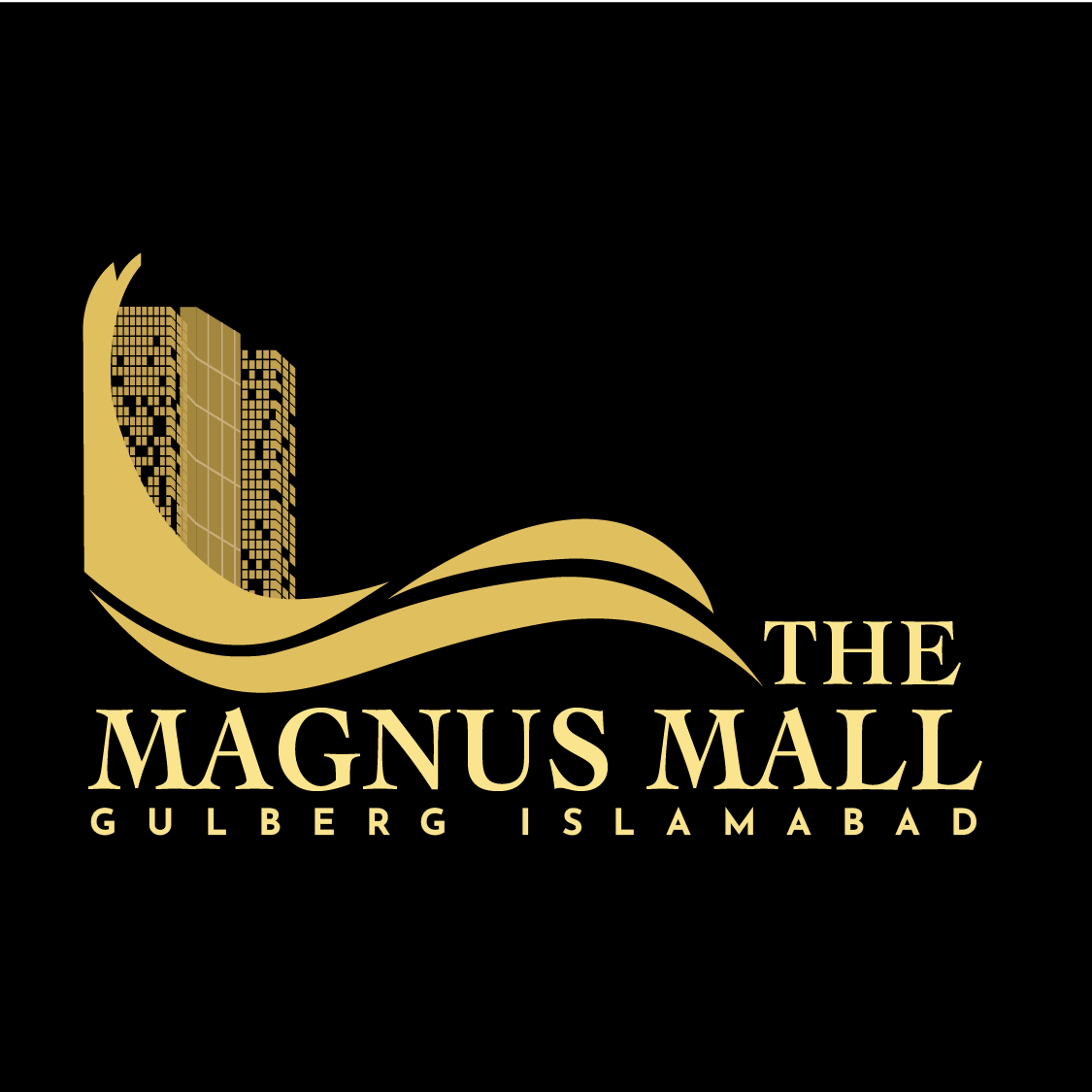Smart Shop - An Introduction
A smart shop in The Magnus Mall Gulberg refers to a store that incorporates advanced technologies and digital solutions to enhance the shopping experience for customers. These shops would typically leverage various technologies to streamline operations, improve customer engagement, and offer personalized services.
Features in Smart Shop
Here are some features commonly found in our smart shops:
1. Mobile apps and digital platforms: Smart shops often have their own mobile apps or digital platforms that allow customers to browse products, check availability, make purchases, and even provide personalized recommendations based on their preferences.
2. Interactive displays: Smart shops use interactive displays, such as touchscreens, augmented reality (AR), or virtual reality (VR), to showcase products and provide customers with an immersive experience. Customers can virtually try on clothes, visualize furniture in their homes, or explore various features of a product.
3. Self-checkout systems: Instead of traditional checkout counters, smart shops would employ self-checkout systems that allow customers to scan and pay for items themselves using mobile apps or automated kiosks. This speeds up the payment process and reduces queues.
4. Smart shelves and RFID technology: Smart shelves equipped with RFID (Radio-Frequency Identification) tags can automatically track product inventory and provide real-time updates on stock levels. This helps store staff keep track of inventory, restock items efficiently, and prevent out-of-stock situations.
5. Personalized recommendations: Using data analytics and machine learning algorithms, smart shops could provide us personalized product recommendations to customers based on their browsing history, purchase patterns, and preferences. This enhances the shopping experience and helps customers discover new items tailored to their interests.
6. Smart fitting rooms: Smart shops would feature interactive fitting rooms that enable customers to request different sizes or colors of items, view complementary products, or seek assistance from store staff through digital interfaces. This technology enhances convenience and improves customer satisfaction.
7. Beacons and location-based services: Smart shops would utilize beacons or other location-based technologies to send personalized offers, discounts, or notifications to customers’ smartphones when they are in proximity to specific products or sections of the store.
8. Integration with online platforms: Smart shops would integrate their physical store with online platforms, allowing customers to seamlessly transition between online and offline shopping. This integration would include features such as click-and-collect services or the ability to return online purchases in-store.
Conclusion
Overall, a smart shop in The Magnus Mall Gulberg leverages technology to create a more engaging and efficient shopping environment for customers, combining the benefits of online and offline shopping experiences.
